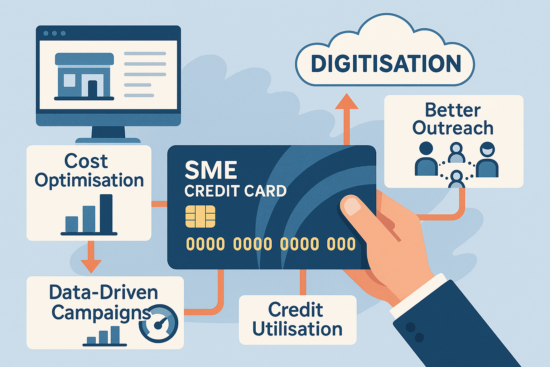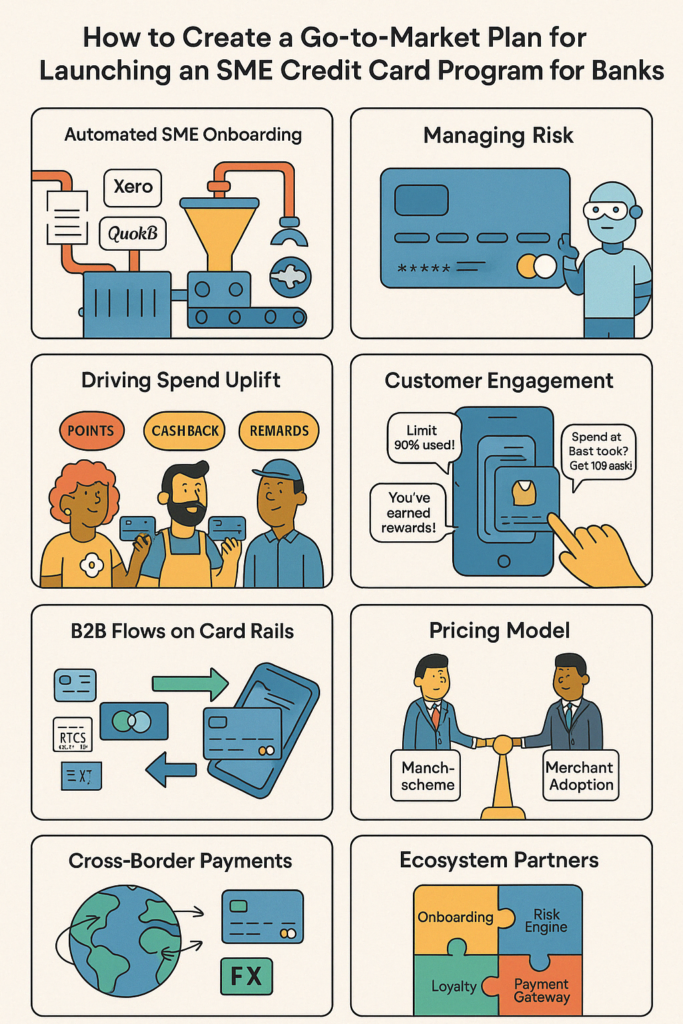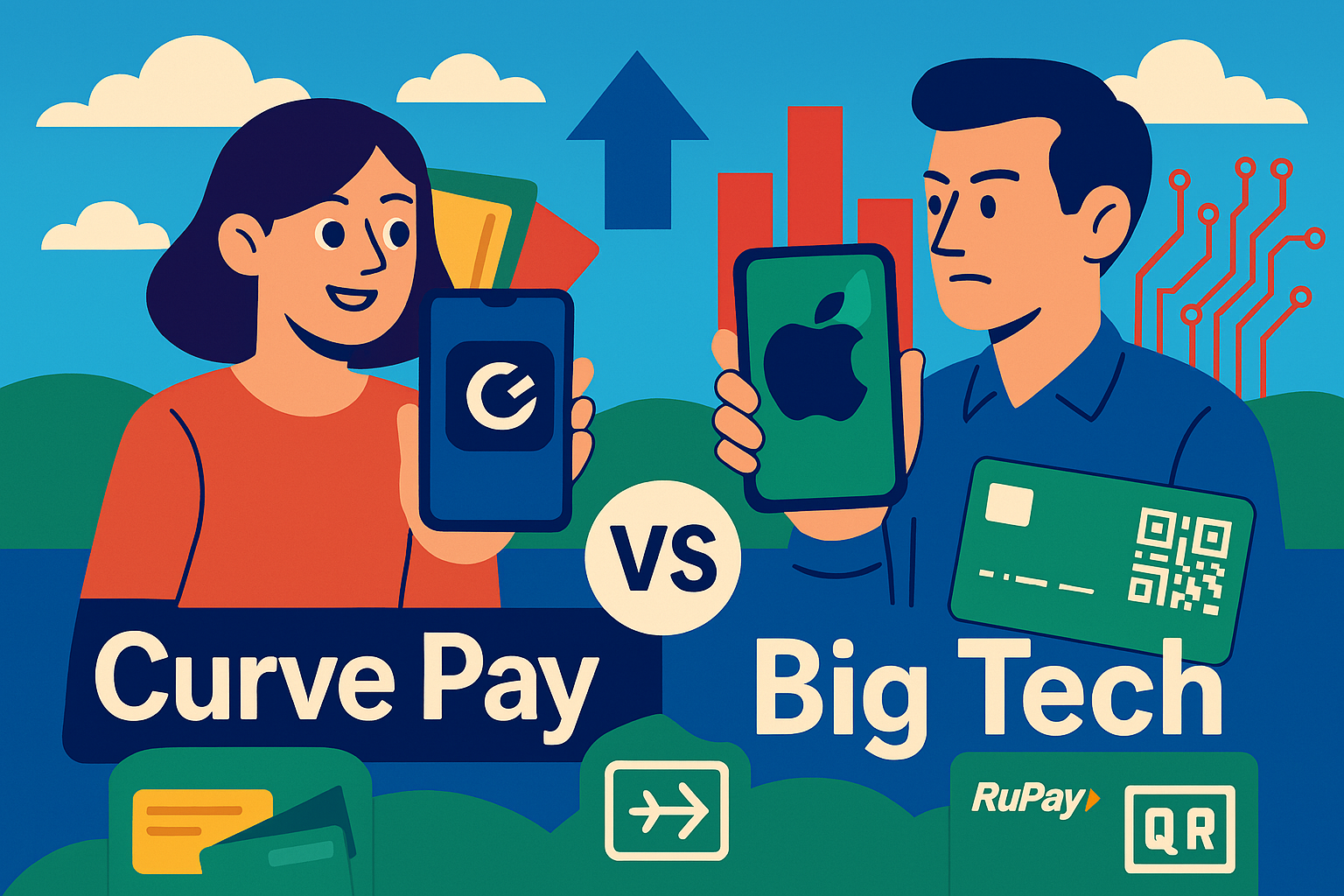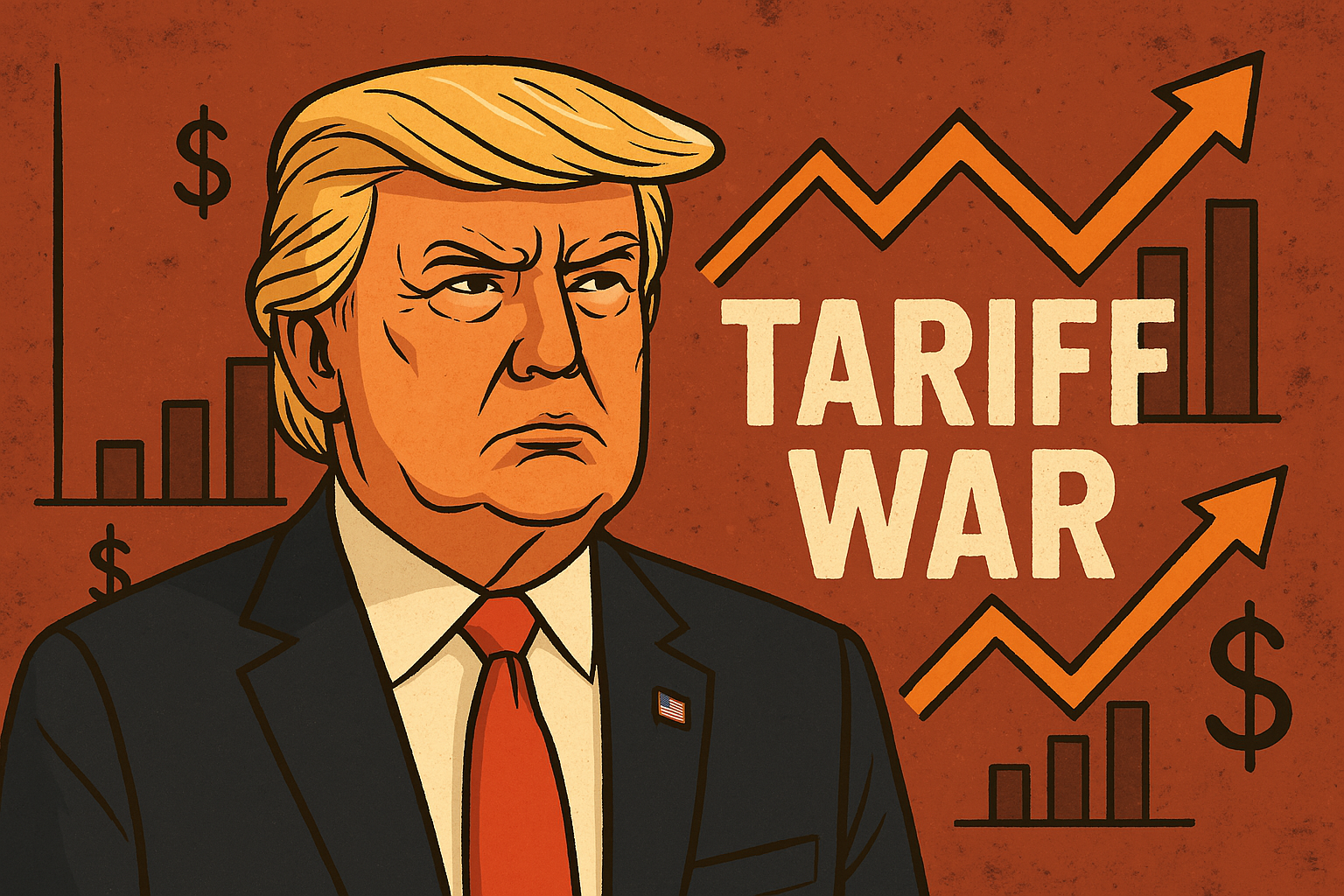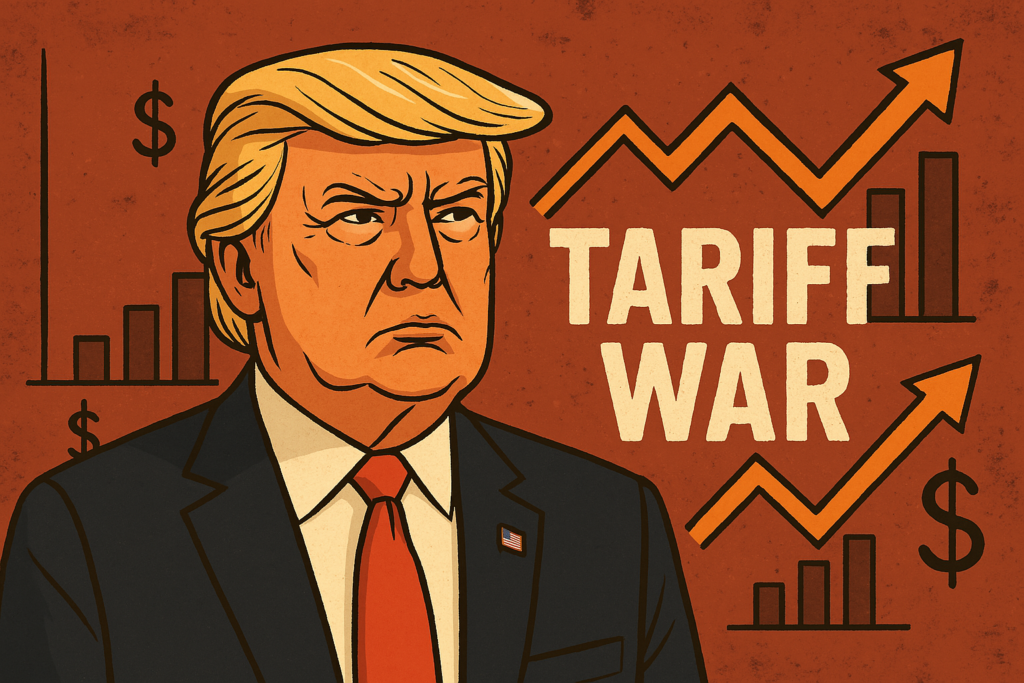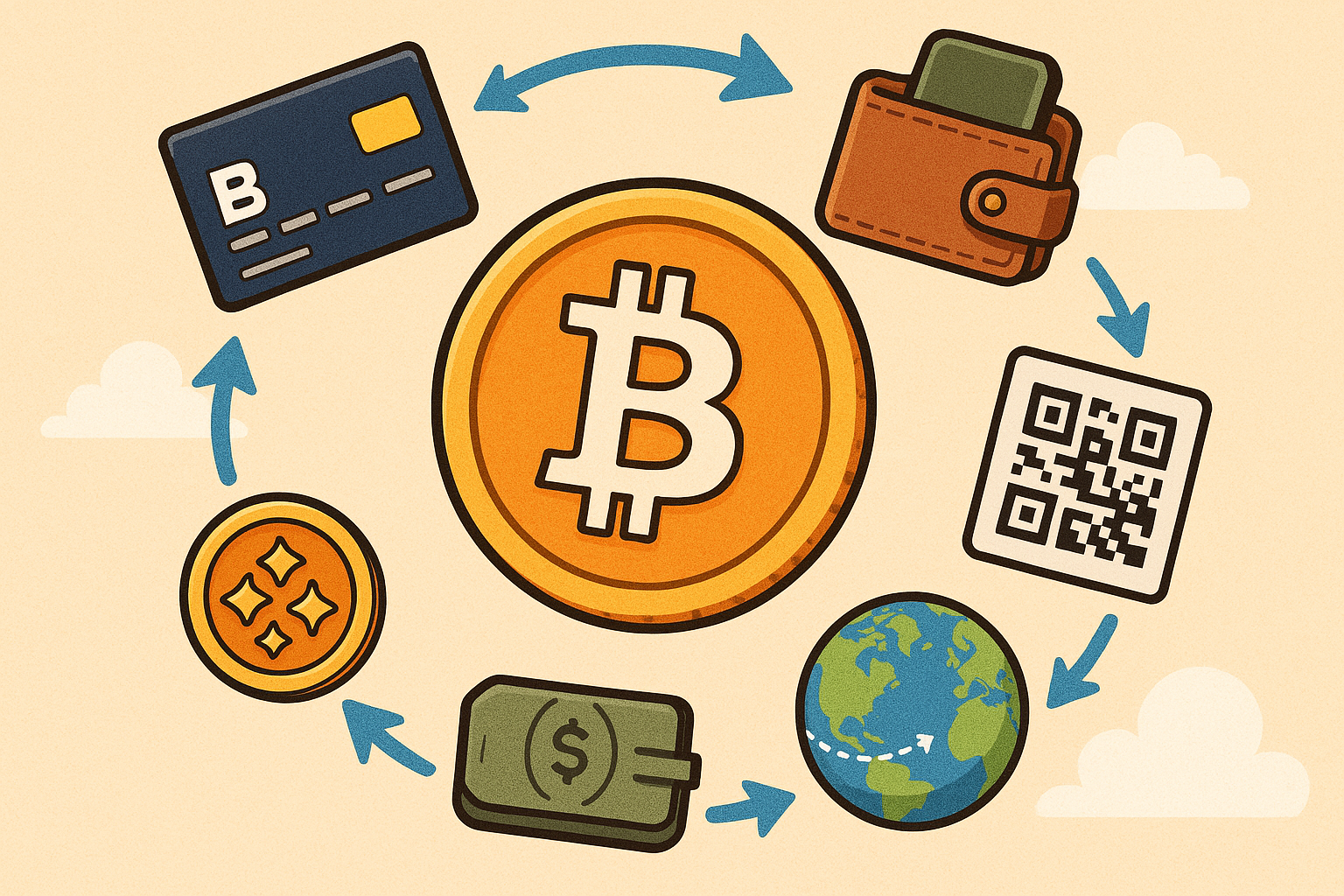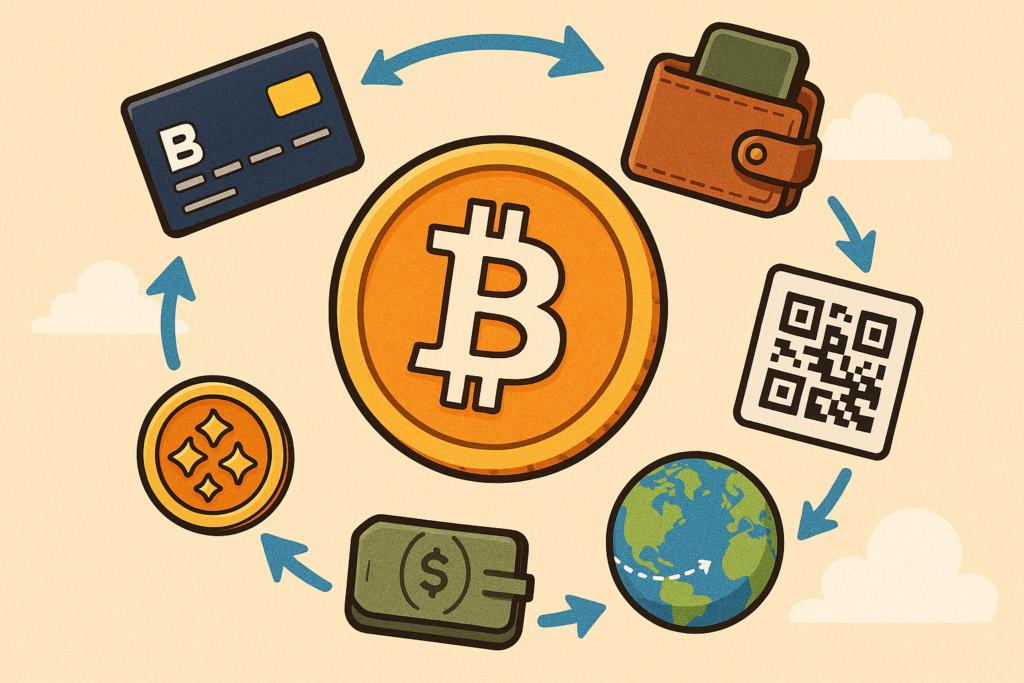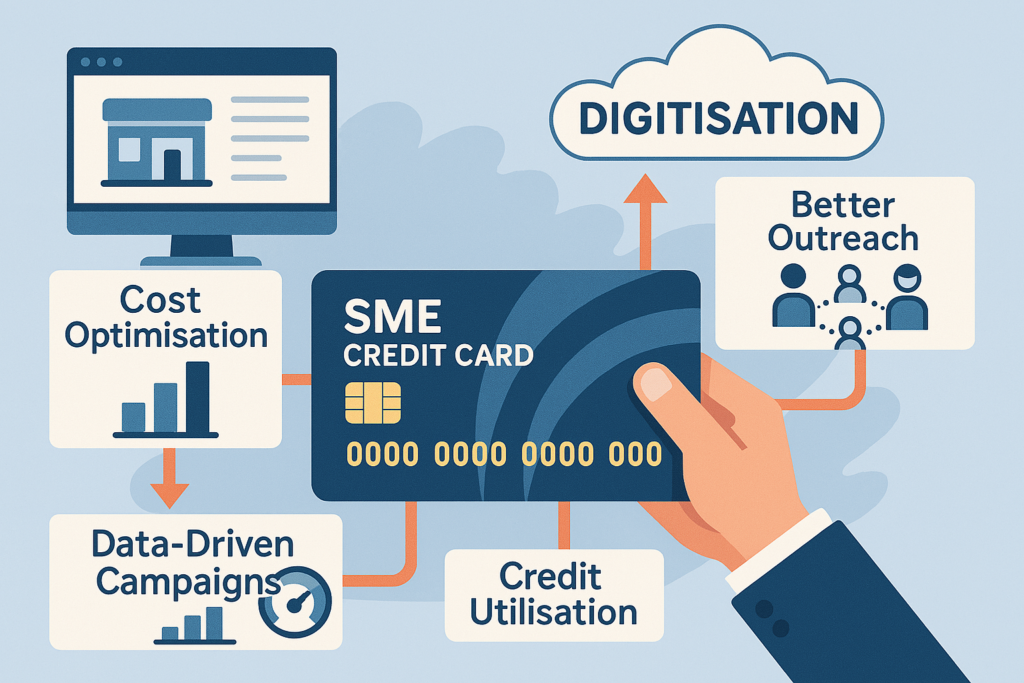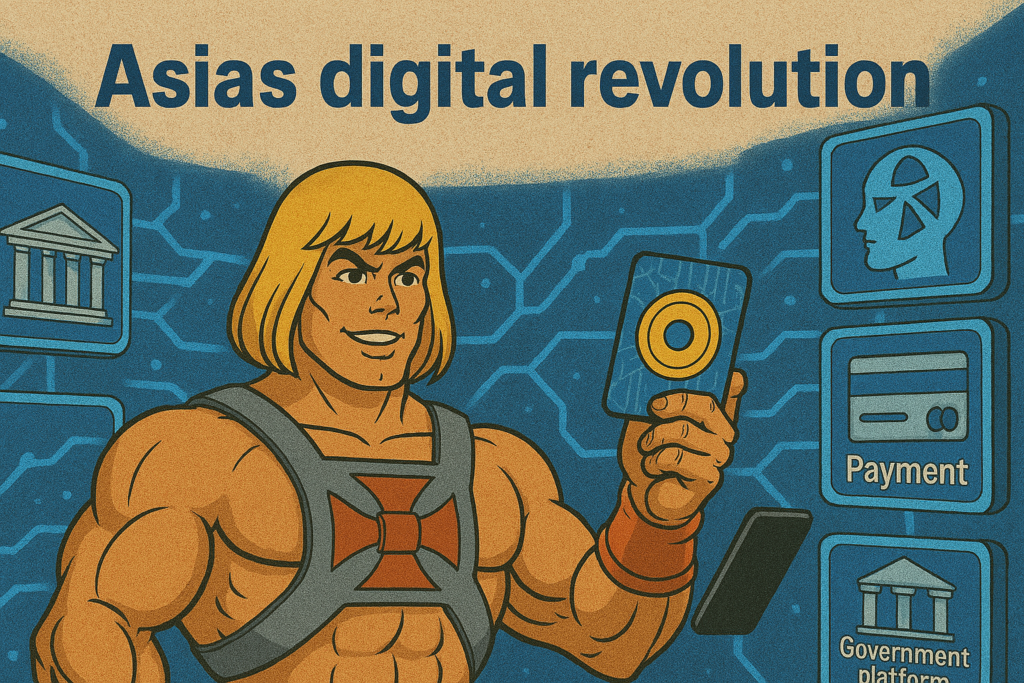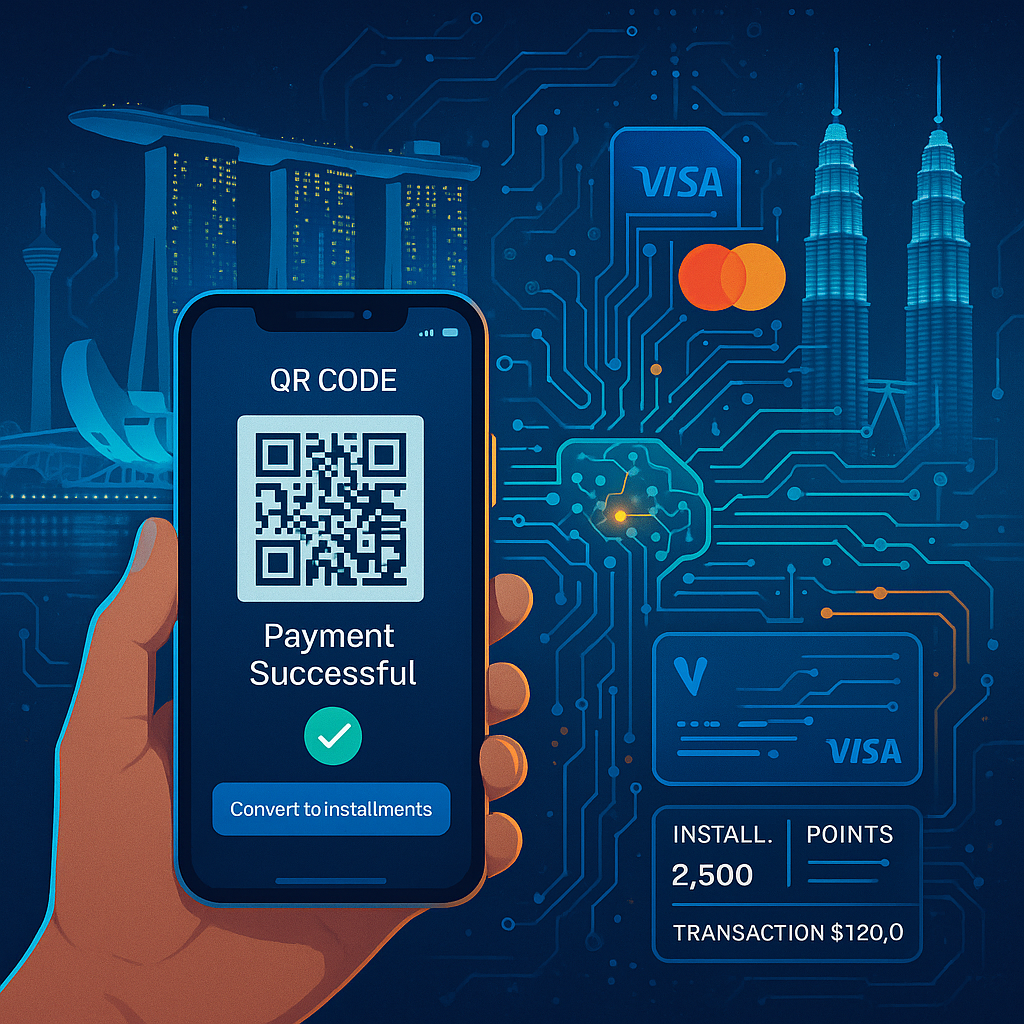
A2A Payments Meet AI: How Real-Time Transfers + Instant Credit Could Revolutionise SME Finance in Southeast Asia
From Instant Payment to Instant Credit – In One Tap
Imagine you’re shopping at a local SME in Jakarta. You scan a QR code to pay directly from your bank account—instant and seamless. But what if, moments later, your phone offers you the option to convert that payment into a card-based installment plan, complete with reward points?
This isn’t a futuristic dream. With the integration of generative AI, real-time payment systems, and advanced card scheme APIs, this scenario is becoming a reality. This fusion has the potential to transform the financial landscape for consumers and small businesses across Southeast Asia.
Southeast Asia’s Real-Time Payment Boom
The region has witnessed a surge in account-to-account (A2A) payment systems:
- PayNow (Singapore): Enables real-time fund transfers using mobile numbers or NRIC/FIN numbers .
- PromptPay (Thailand): A rapid-growing instant payment service developed by Thai banks and Vocalink, a Mastercard company .
- DuitNow (Malaysia): Allows instant fund transfers using identifiers like mobile numbers or NRIC numbers .
- QR Ph (Philippines): A QR code standard facilitating quick and secure payments .
These systems are cost-effective, fast, and ideal for SMEs. However, they currently lack integrated credit options.
The Big Idea
- Payment Initiation: Buyer pays via A2A or QR code.
- Instant Assessment: An AI-driven underwriting engine evaluates the buyer’s creditworthiness in real-time.
- Credit Offer: The buyer is prompted with an option: “Convert to EMI on your credit card & earn points?”
- Transaction Conversion: Upon acceptance, a back-to-back card transaction is initiated.
- Settlement: The buyer repays over time, while the merchant receives immediate payment.
This approach resembles Buy Now, Pay Later (BNPL) for A2A payments—but it’s smarter, safer, and more inclusive.
AI: The Matchmaker in the Middle
Generative AI combined with credit data enhances the process:
- Dynamic Credit Scoring: AI analyzes spending behavior to generate tailored offers in milliseconds.
- Fraud Protection: Integration with Visa & Mastercard’s fraud detection tools allows AI to flag suspicious activities.
- Contextual Offers: Offers are tailored based on time, merchant type, and customer behavior.
- Segmented SME Profiling: AI matches merchant categories with financing trends to create smarter campaigns.
It’s akin to having an AI-powered credit analyst in your pocket—with zero paperwork.
Benefits for SMEs
- Higher Average Basket Sizes: Consumers tend to spend more when credit options are available.
- Instant Settlements: Merchants receive full payment upfront.
- Customer Loyalty: Points, rewards, and status upgrades enhance customer retention.
Advantages for Card Networks
For card schemes like Mastercard and Visa:
- New Volume Flows: Transforming A2A transactions into card-backed spending.
- Enhanced Data & Risk Insights: Better understanding of consumer behavior and risk profiles.
- Increased Loyalty Program Engagement: Driving customer interaction with reward programs.
- Revenue Growth: Monetizing credit offerings without adding friction.
The Global Perspective: Why Southeast Asia is Poised for Transformation
- BNPL Market Growth: Southeast Asia’s BNPL market is projected to exceed $50 billion by 2027, with Indonesia leading at $16.8 billion .
- Real-Time Credit Card APIs: Visa and Mastercard have developed APIs enabling real-time credit card provisioning and transactions .
- Advanced Digital Infrastructure: The region boasts world-class digital wallets and QR payment systems.
- Cross-Border Transactions: Cross-border A2A transactions are on the rise, with initiatives linking systems like Singapore’s PayNow and Malaysia’s DuitNow .
The missing piece? A smart, AI-driven credit layer atop these systems.
Closing Thoughts: A Call to Collaborate
There’s no need to replace existing A2A or card systems. Instead, we should integrate them. By leveraging real-time data, predictive AI, and established card infrastructures, we can unlock a new paradigm in purchase financing—one that’s frictionless and low-risk.
If you’re involved in payments, lending, or fintech strategy in Southeast Asia, this could be your next significant opportunity.
Let’s connect and explore the possibilities.


